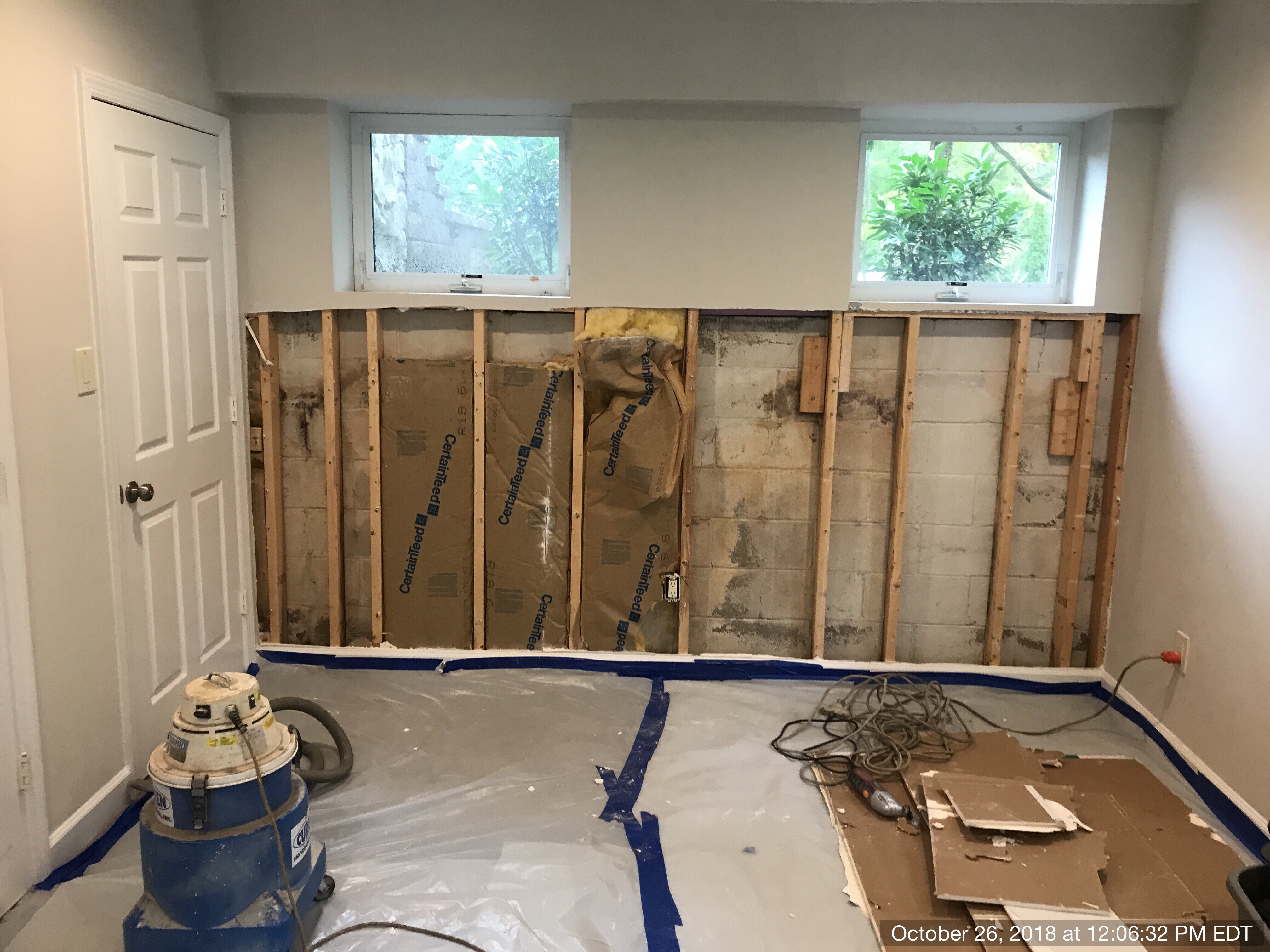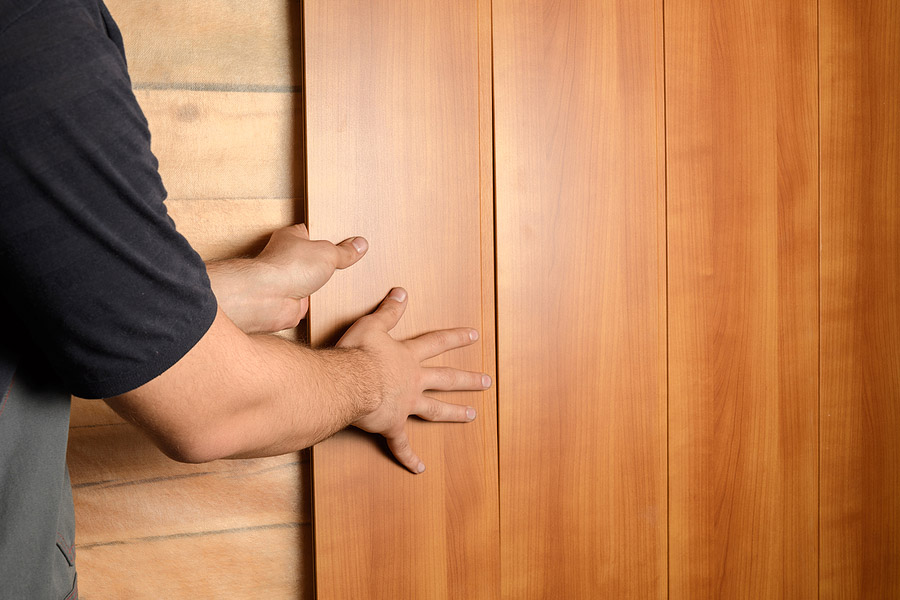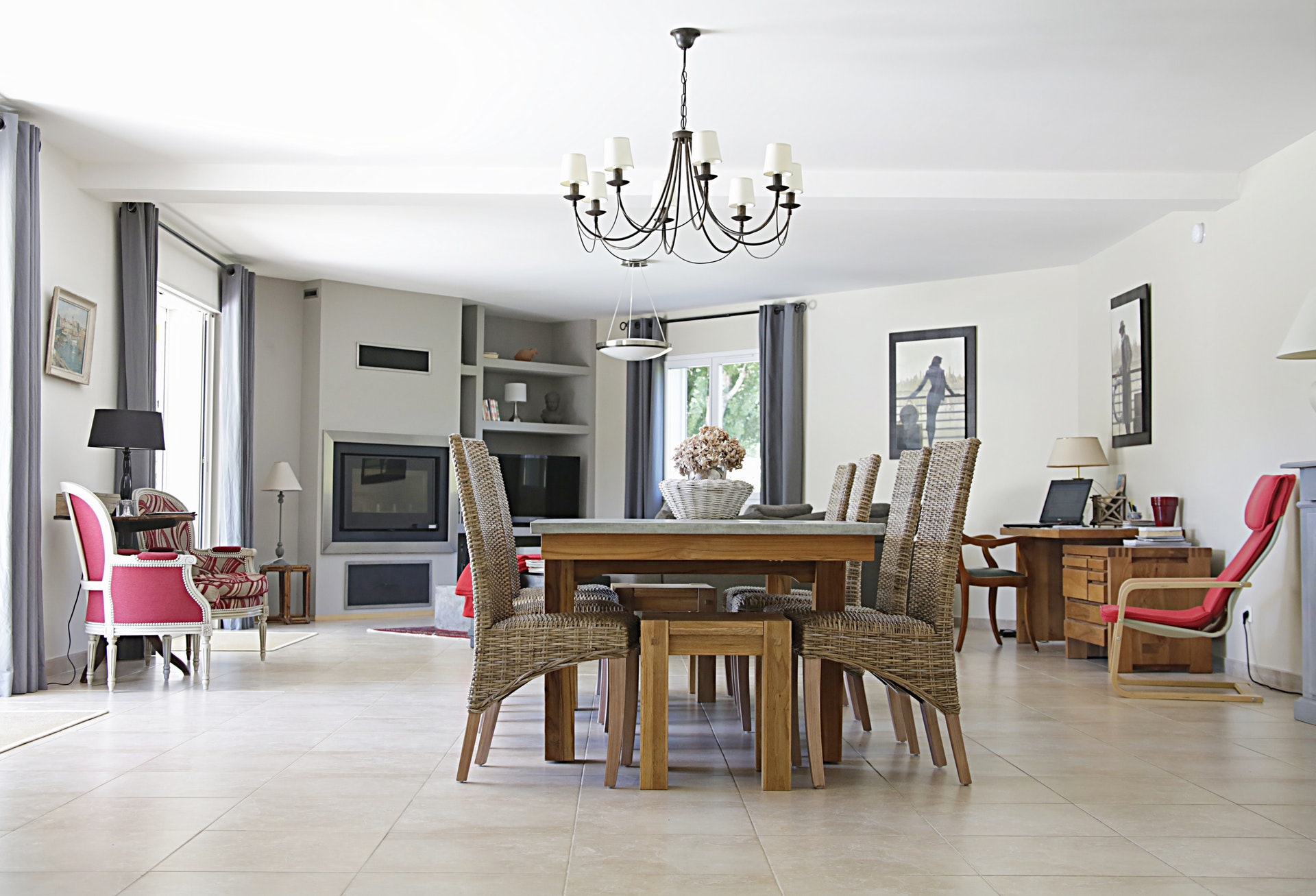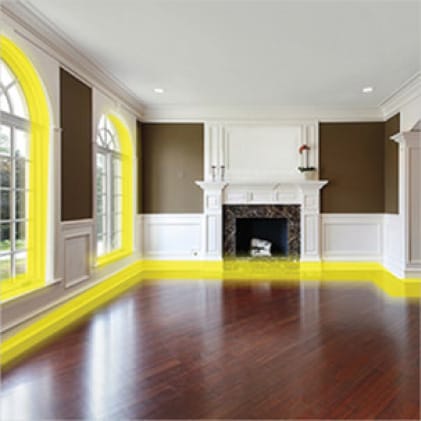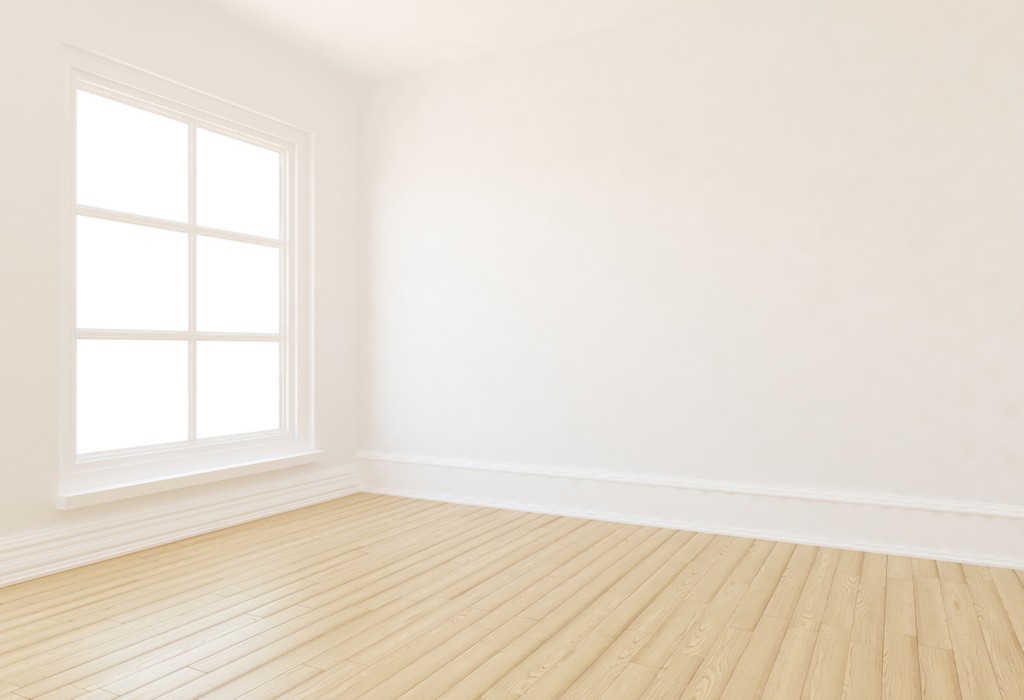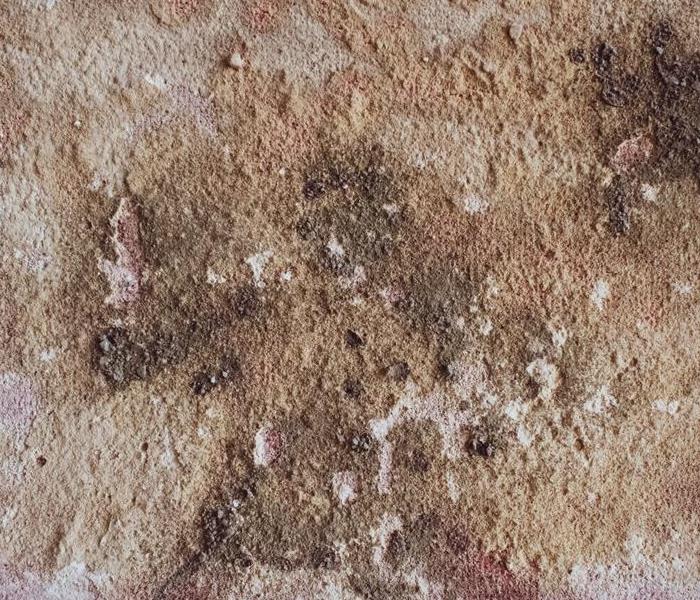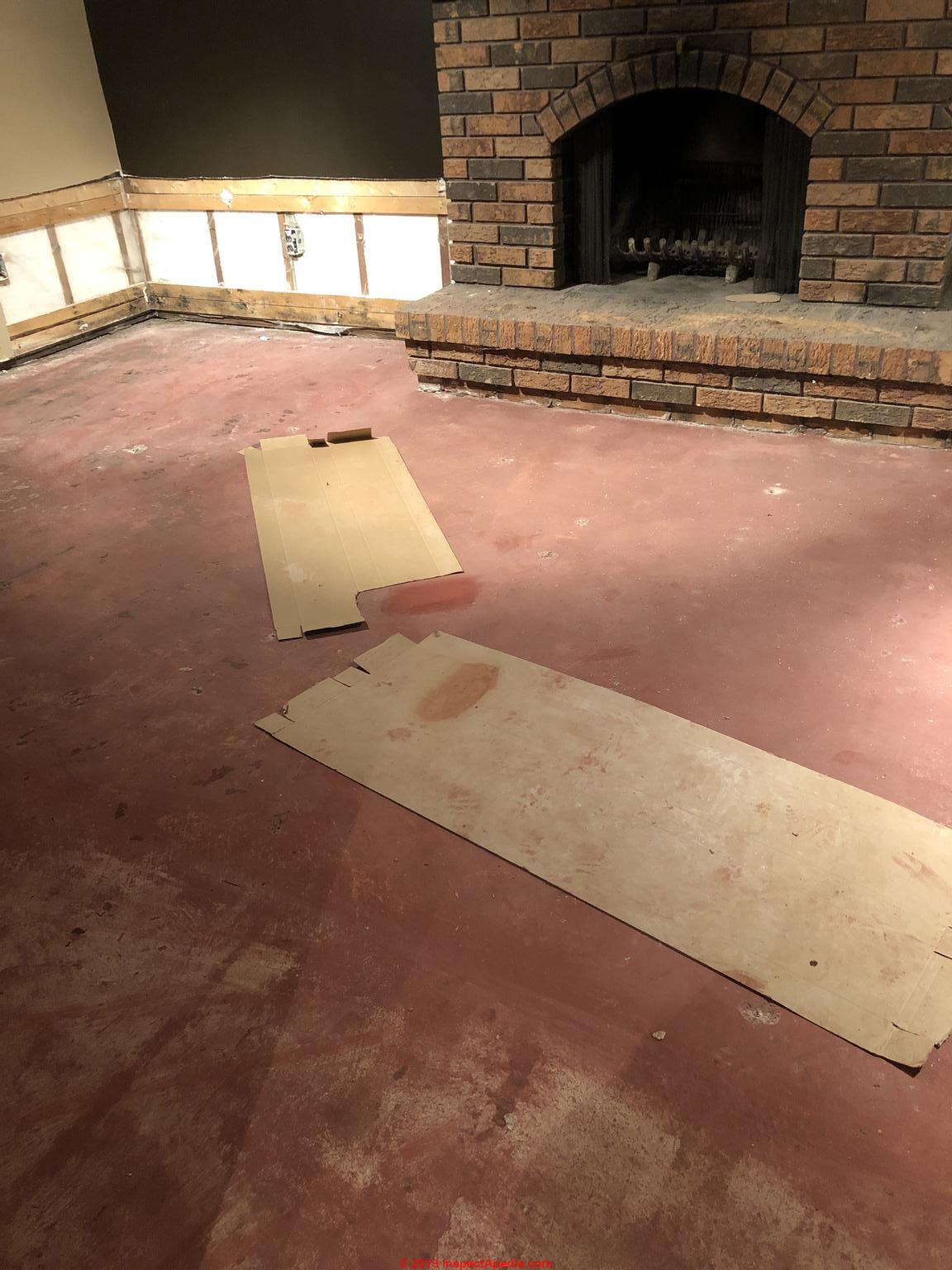Drywall Discolored Near Floor Termites

Besides chewing holes in wood they can also cause damage to drywall.
Drywall discolored near floor termites. When ground termitesexhaust their natural resources of wood they will begin to move to buildings. Termites can cause a lot of damage to a house. Especially if it gets damp from some sort of flooding. Tunnels that stretch from the earth to the ground and the woodare signs of termites in drywall that could be recognized easily.
Termites eat wood as well as tunnel in it for their homes. Since subterranean termites often devour walls from the inside out there may be some visible traces of injury. Actually termites really don t like to eat drywall chalk or paint. If you see a line of mud across your floor or wall that s a clear sign of termites.
They do this by building a small closed paths or tunnels to provide secure access to the house. It might have some discoloration due to dry rot and subsurface. If there s moisture damage it ll attract the termites especially if you re dealing with the subterranean species. When the wall becomes wet the paper soaks up water and invites them in.
From the inside of a drywall you can notice some small trails that indicate the paths of tunnels for working termites. Termite damage in a ceiling may initially resemble light water damage the drywall or paneling often sags and appears misshapen. Faint lines on drywall along areas where termites are tunneling wood that seems hollow when you tap on it with a screwdriver bubbling or peeling paint small pinholes where termites have. Look for small holes or termite dust along the base of the tree.
They do however love the paper and glue that covers the drywall board. If you wonder if you might have termites take a closer look around to see if you can spot any of the following. Sometimes different termites leave small holes in the drywall paper. If you dig slightly below the soil level near the roots you may find some dead termites all wings.



